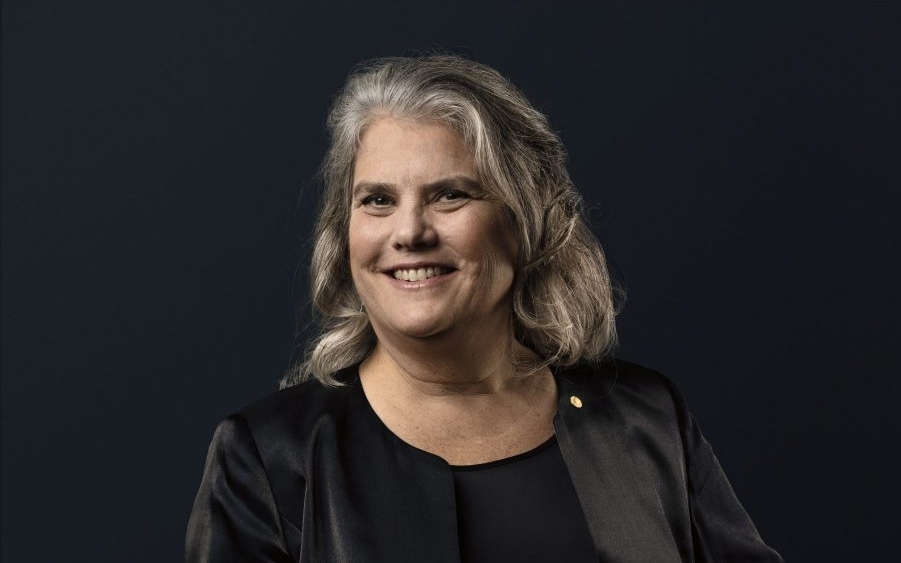Andrea Ghez has made a career of answering some of the universe’s most complex questions. And she’s been pretty good at it, too. In 2020 she won the Nobel prize in physics for discovering a supermassive black hole at the center of the Milky Way galaxy. More recently, she was the 2025 recipient of the Rumford prize – one of the oldest scientific prizes in the United States.
But at the heart of her work is a principle that, at face value, seems simple enough: asking interesting questions. For Ghez, science is less about finding answers and more about redefining the questions we ask and how we approach them.
“The most memorable class I took, as a physics major at MIT, was actually in the philosophy department,” she said. “It was called ‘logic language and values’ and it exposed me to an area outside of STEM and helped me realize how much I enjoyed the fundamental power of logic.”
The class made Ghez think about questions in new ways: What makes an argument valid? Being able to ask questions like this are invaluable to researchers because they allow us to identify what Ghez calls productive questions. “A productive question isn’t just interesting—it’s one that can realistically be tackled with current tools and knowledge,” she says. “It’s also one that aligns with the researcher’s expertise and resources.”
Coming to UCLA Physical Sciences has been perhaps the most impactful decision on my research…this is a place that invests heavily in its faculty and enables the whole of our research community to be greater than any of its parts.
In other words, only once you’ve asked the compelling questions about your question, can you begin to do impactful research. It is only then that one can begin to address the really big and exciting questions that win the type of awards Ghez is used to. What is at the end of the universe? What does the end of Time mean? These are the questions that compelled Ghez to consider the field of astrophysics long before she ever entered the research world. Questions like these challenge our concept of logic in the first place. And for a species that prides itself on our logical abilities, that can be scary. But it can also be exciting.
“The most exciting moments in science are when things don’t make sense,” she explains. “Those are the moments when you know there’s something missing in our understanding.”
That is exactly what happened in a paper Ghez published titled “A Paradox of Youth,” which upended how the scientific community thought about the creation of stars. The prevailing wisdom was that stars require very specific conditions to form: There need to be clouds of gas that can collapse. This happens when the internal force of gravity dominates over all other forces in its environment. These conditions cannot be found near black holes, or so we thought, due to the immense tidal fields created by the black hole, which should tear these clouds apart.
And yet Ghez and her colleagues discovered many young stars very close to the black hole at the center of our galaxy. Not only that, they found that newly formed stars are actually the most common type of star near our black hole!
Discoveries like this are a reminder that while great research stems from curiosity, it thrives on precision and clarity – you need the mind and tools of a scientist to answer them.
And, according to Ghez, there is one more thing you need for successful research: location. Not every institution has the same facilities, culture, focus, or community. “Coming to UCLA Physical Sciences has been perhaps the most impactful decision on my research,” she says. “Not only do we have access to the largest, most powerful telescopes in the world, but this is a place that invests heavily in its faculty and enables the whole of our research community to be greater than any of its parts.”
